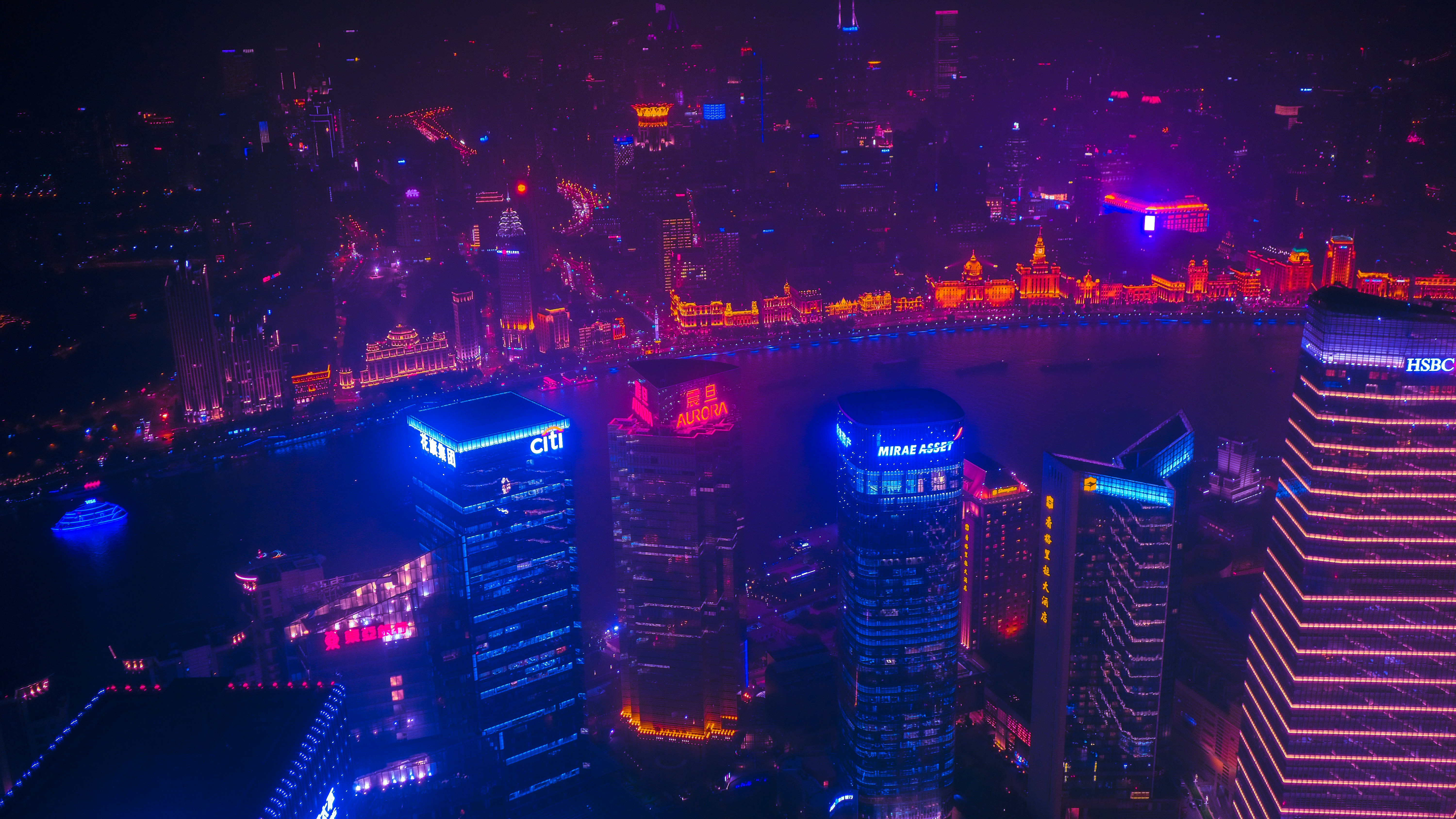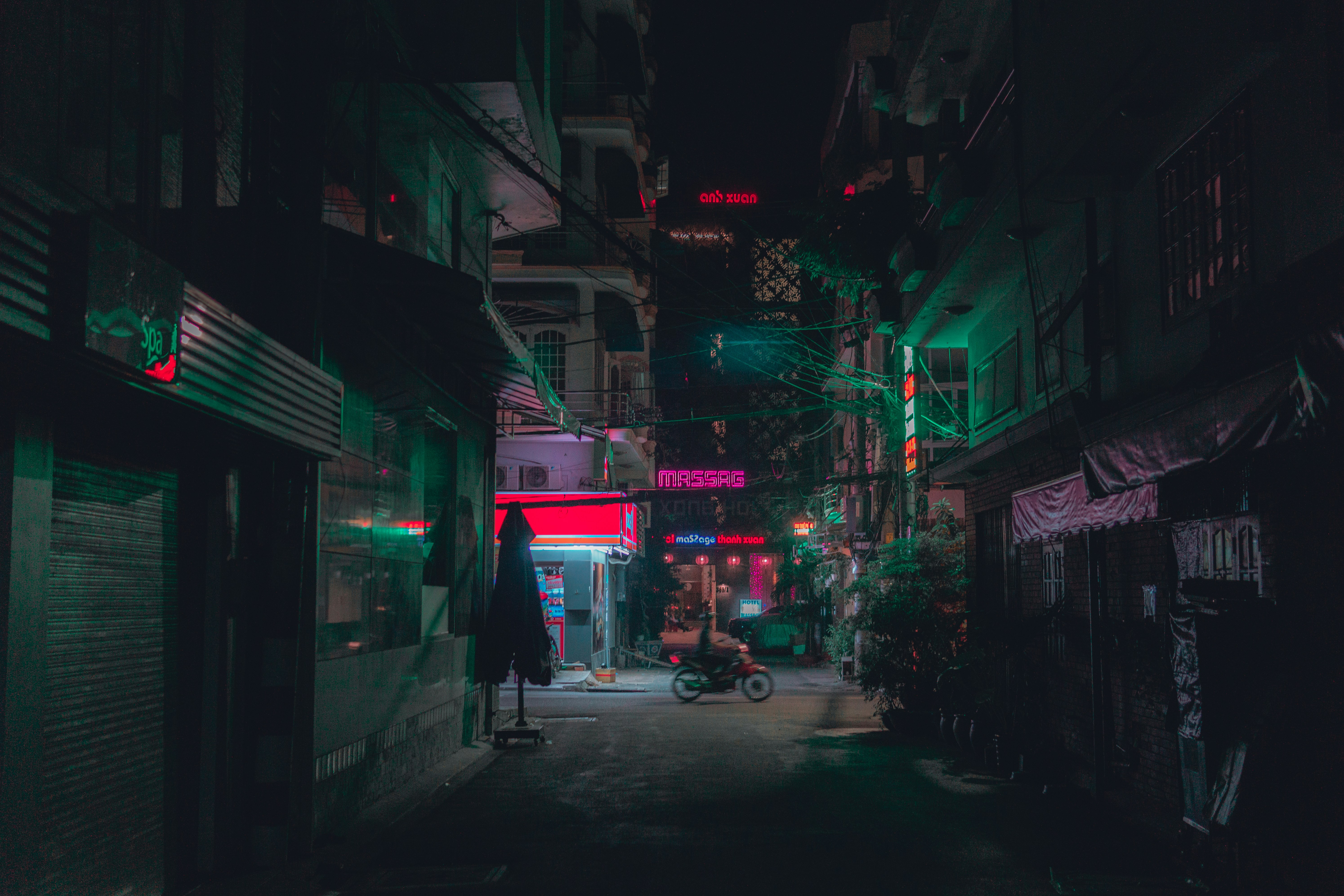🎯 PURPOSE. How and Why the VPAF Project Came to Be
As a History of Art major, an ABC, and a sci-fi fan, I have long been interested in exploring Asian Futurism. Thus commenced the "Visions of Pan Asian Futures" series.
 Photo by Francois Hoang on Unsplash
Photo by Francois Hoang on Unsplash
🌳 Origin: Why I landed on this project
At the time of writing this post, I am a freshman at Bryn Mawr and have just began my college career. I am still in the process of exploring specific subfields in my departments of interest: History of Art and East Asian Studies.
Along the way, I have discovered that I am very interested in how modern/contemporary artists utilize art historical canon to create commentary across time and culture. Consequently, I have been researching Futurism in Asian art and media on my own time, thinking a lot about how speculative works integrate past, present, and future. Techno-orientalism, for instance, brings past prejudices into futuristic societies, while also reflecting the cultural attitudes of its contemporary creators.
However, despite my interests, I was not familiarize with any practicing Asian Futurist artists. The ones I did know about were high-profile and largely East Asian. I wanted to expand my understanding of Asian contemporary art across a diversity of communities and identities, which demanded inquiry into specific artists and their unique practices.
While this exploration was happening, I was also taking a course on Digital Humanities. I thought that a Futurism-focused project necessitated some type of accessible, digital presentation, so that’s how this blog, Fluid Mosaic, and this series, “Visions of Pan Asian Futures,” came to be.
💻 Process: How I created this website
I initially wanted to host this project on Scalar, as a sort of digital exhibit. However, the platform is down due to technical difficulties as of May 2025, so I had to seek alternatives.
I considered moving the project to StoryMaps, which I am more familiar with. However, there was not a strong geographical or statistical component to my entries, and I did not want to limit the artists to a singular nationality, especially when so many of them have had cross-cultural experiences. I also knew I wanted to have separate tabs/pages for each of the artist introductions, so the scrolling/gallery format of the platform was not particularly appealing to me.
Finally, I settled on the more flexible and casual design of a blog page. I had already organized my notes on Obsidian in Markdown, and Dr. McGrath (my digital humanities professor) suggested that I look into Obsidian publishing platforms. After investigating in-built services, community forums, and GitHub templates, I decided to use the Chirpy theme for Jekyll and host the website using GitHub Pages. It was a bit confusing setting up Jekyll to run locally on my computer, but once I had successfully cloned and synced my repository, the workflow was quite smooth.
🥅 Mission: What I hope to achieve with this project
I already outlined my major objectives for this project in the first section of the post. As aforementioned, I intend on using this blog and this series as an opportunity for self exploration. The posts are not extremely formal or analysis-driven, rather informative and resource-heavy. My reflections are similar to reading responses, a debrief with myself (and any potential readers) after cruising through artist interviews, features, and galleries.
In doing so, I hope to encourage myself, as well as others, to pursue art education and cultural appreciation for personal enrichment. Often, I find myself struggling to enjoy a subject due to the pressures of academia, where learning can quickly become memorization. I invite anyone who visits this site (as well as myself) onto a more lighthearted journey through art history: I hope that everytime I come back to an artist entry, I will connect with the artworks and sources in a new and exciting way :)
 Photo by Hiep Duong on Unsplash.
Photo by Hiep Duong on Unsplash.